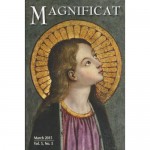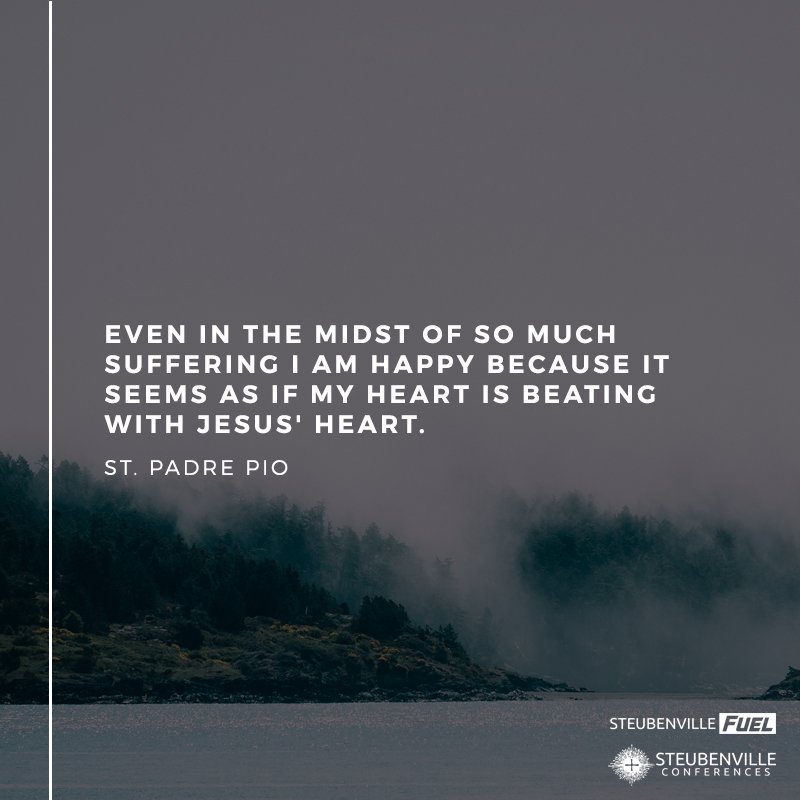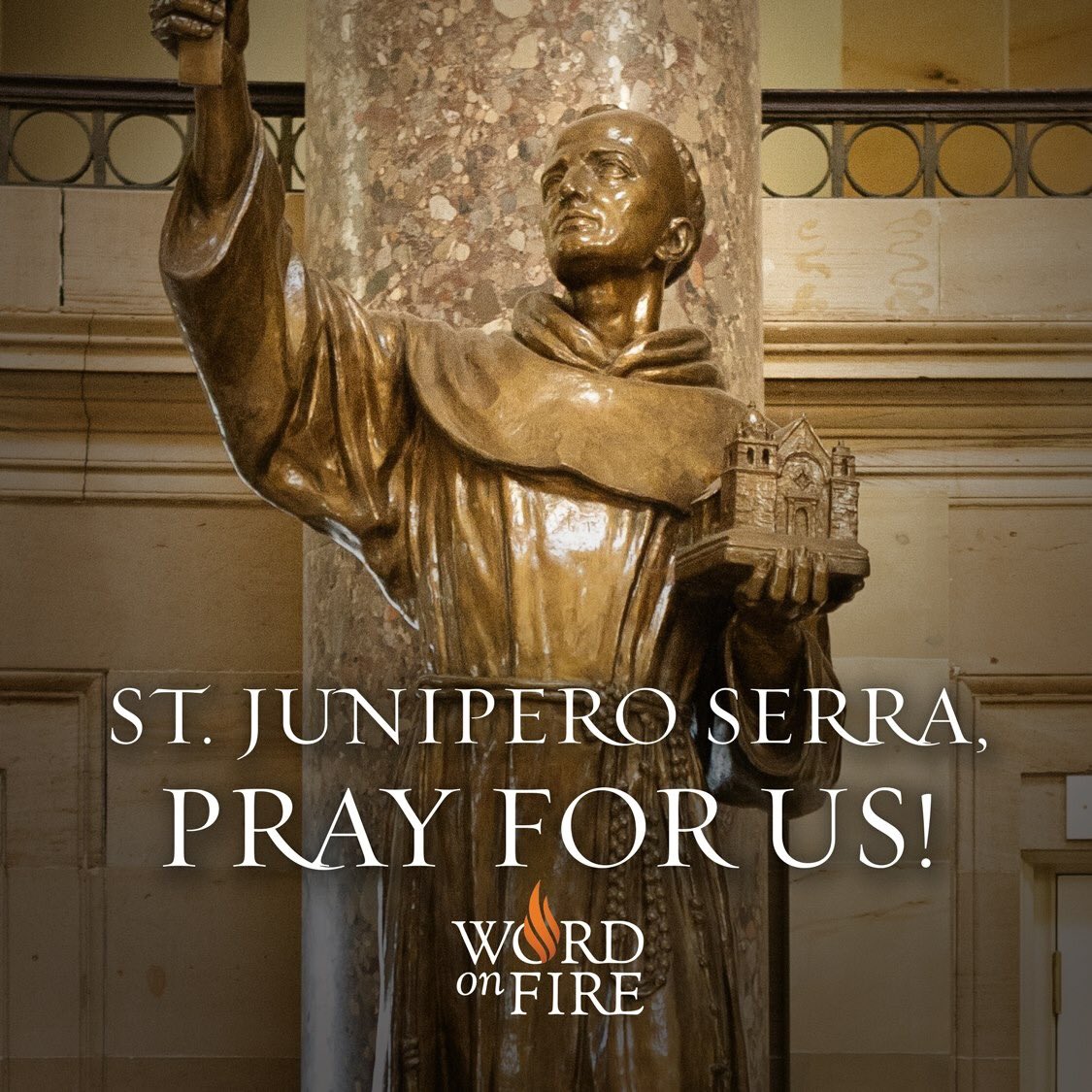1. Today’s the feast of Katherine Drexel, buried right outside of Philadelphia. If you have 27 minutes, take a tour with Diana von Glahn here:
2. Fr. Robert Barron talks about Katherine Drexel while reflecting on the stained glass window in her honor at the John Paul the Great chapel at Mundelein seminary.
3. When she was canonized in 2000, St. John Paul II said:
Mother Katharine Drexel was born into wealth in Philadelphia in the United States. But from her parents she learned that her family’s possessions were not for them alone but were meant to be shared with the less fortunate. As a young woman, she was deeply distressed by the poverty and hopeless conditions endured by many Native Americans and Afro-Americans. She began to devote her fortune to missionary and educational work among the poorest members of society. Later, she understood that more was needed. With great courage and confidence in God’s grace, she chose to give not just her fortune but her whole life totally to the Lord.
To her religious community, the Sisters of the Blessed Sacrament, she taught a spirituality based on prayerful union with the Eucharistic Lord and zealous service of the poor and the victims of racial discrimination. Her apostolate helped to bring about a growing awareness of the need to combat all forms of racism through education and social services. Katharine Drexel is an excellent example of that practical charity and generous solidarity with the less fortunate which has long been the distinguishing mark of American Catholics.
May her example help young people in particular to appreciate that no greater treasure can be found in this world than in following Christ with an undivided heart and in using generously the gifts we have received for the service of others and for the building of a more just and fraternal world.
4. Fr. Roger Landry writes:
Conversion is not just about stopping to sin and the selfishness that leads to sin, but about the holy ambition to love and serve like Christ did and calls us to do. St. Katherine Drexel whom we celebrate today shows us how this is done.
5. Magnificat today (are you a subscriber?) has a meditation from Saint Ephrem the Syrian. Seems like a saint we should be pleading with for intercession in our world today:
A man begins to go astray when he withdraws from humility. He who has abandoned God does the evil spirit oppress, as he did Saul.
The enemy’s snares are smeared with honey. He who is attracted by the sweetness of honey becomes caught in the snares and filled with all manner of woe.
Love humility and you will never fall into the devil’s snare, for soaring on humility’s swift wings you will always remain above the enemy’s snares.
Arrogance is like a very tall but rotten tree. All of its branches are brittle and if someone climbs upon it, he immediately falls from the height he has attained.
Blessed is he who is enriched with good hopes and illuminated with good thoughts: his glory is great and everlasting.
Let us strive for sober attention, that we might recognize our sins and be constantly humbled, that we might not nurture, like the serpent, a high opinion of ourselves or wickedness.
Let us love sobriety, that we might have a pure heart and that we might preserve the temple entrusted to us undefiled by sinful corruption.
Wondrous is prayer accompanied by sighs and tears, especially if the tears are shed in secret.
He who prays in his mind with faith beholds the Lord before himself. For in Him do we live, move and exist.
If your heart has been hardened, weep before the Lord, that he might shine upon you the illumination of knowledge and grant that with an ardent heart you might be carried up to him.
6.
Let’s not hold anything back from God! Jesus is with us. And he is the only One we need.
— Archbishop Gomez (@ArchbishopGomez) March 3, 2015
7. From St. Augustine in the Liturgy of the Hours today:
Prayer offered in holiness from a faithful heart rises like incense from a holy altar. Nothing is more fragrant than the fragrance of the Lord. May all who believe share in this fragrance.
Therefore, our old nature, in the words of the Apostle,was nailed to the cross with him in order, as he says, to destroy our sinful body, so that we may be slaves to sin no longer.
8.
"My beloved Jesus, Your face was beautiful…" | #dailyeSpiration from St. Alphonsus Liguori pic.twitter.com/Qv22Yp1LXk
— Steubenville (@go2steubenville) March 3, 2015
9. Fr. Barron continues to reflect on the Transfiguration – from Sunday’s Gospel – in his Lenten e-mail today:
At the Transfiguration, Moses was there representing the law and Elijah was there representing the prophets. But why were Peter, James, and John present? And what does this event mean to us today?
St. Thomas Aquinas devotes an entire section in his Summa theologiae to this event. His treatment sums up much of the wisdom of the Fathers, so looking at his reflections may give us some answers.
Aquinas says that it was fitting that Christ be manifested in his glory because those who are walking an arduous path need a clear sense of the goal of their journey. The arduous path is this life, with all of its attendant sufferings, failures, setbacks, disappointments, and injustices, and its goal is heavenly glory, fullness of life with God, the transformation of our bodies.
As he makes his way toward the cross, Jesus accordingly allows, for a brief time, his glory to shine through, the radiance of his divinity to appear. We are not meant finally for this world. This event is meant to awaken our sense of wonder at the world to come.
Next, Aquinas asks about the “light” or the “glory” that envelops Christ during the Transfiguration. It “shines.” Why have people, trans-historically and trans-culturally, associated holiness with light? Well, light is that by which we see, that which illumines and clarifies. But at bottom it is the fact that light is beautiful. Beautiful things shine. Aquinas says that Jesus, at the Transfiguration, began to shine with the radiance of heaven so as to entrance us with the prospect of our own transfiguration.
Finally, Aquinas talks about the witnesses to the Transfiguration, namely Peter, James, John, Moses, and Elijah. Moses stands for the Law. Jesus recapitulates, perfects, and illumines the Mosaic law: “I have come not to abolish the law but to fulfill it.” Christ is the new Moses, the new Lawgiver.
Similarly, Elijah stands for the prophets; he was the greatest of the prophets. The prophets spoke the words of God; Jesus is the Word of God. Therefore, the prophetic books are read in his light.
But why is Peter there? Because, says Aquinas, he loved the Lord the most. Why is John there? Because the Lord loved him the most. Why is James there? Because he was the first of the Apostles to die for his faith.
Who gets access to the glory of Jesus? Those who are tied to him through love.
Sign up to receive his Lenten reflections for the remainder of Lent here.
10.
"Press forward and fear nothing." – Saint Katherine Drexel pic.twitter.com/fLH4jl8Z6c
— St. Matthias Church (@matthia58091771) March 3, 2015












